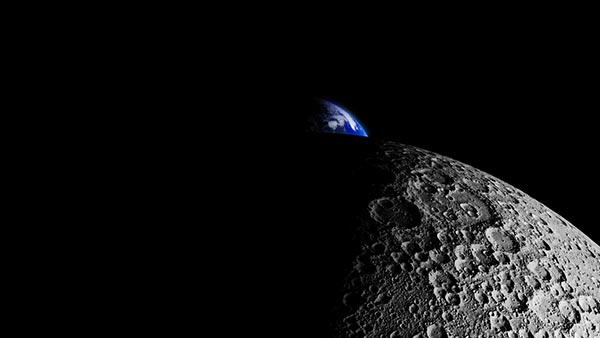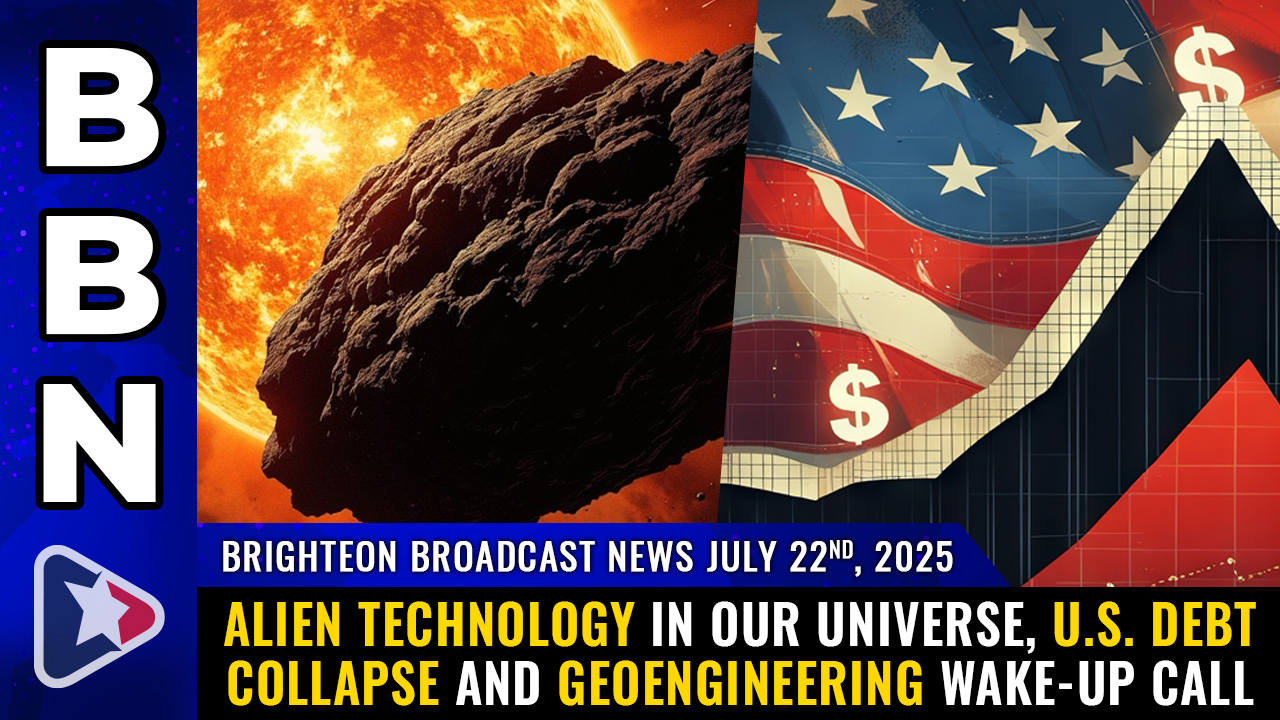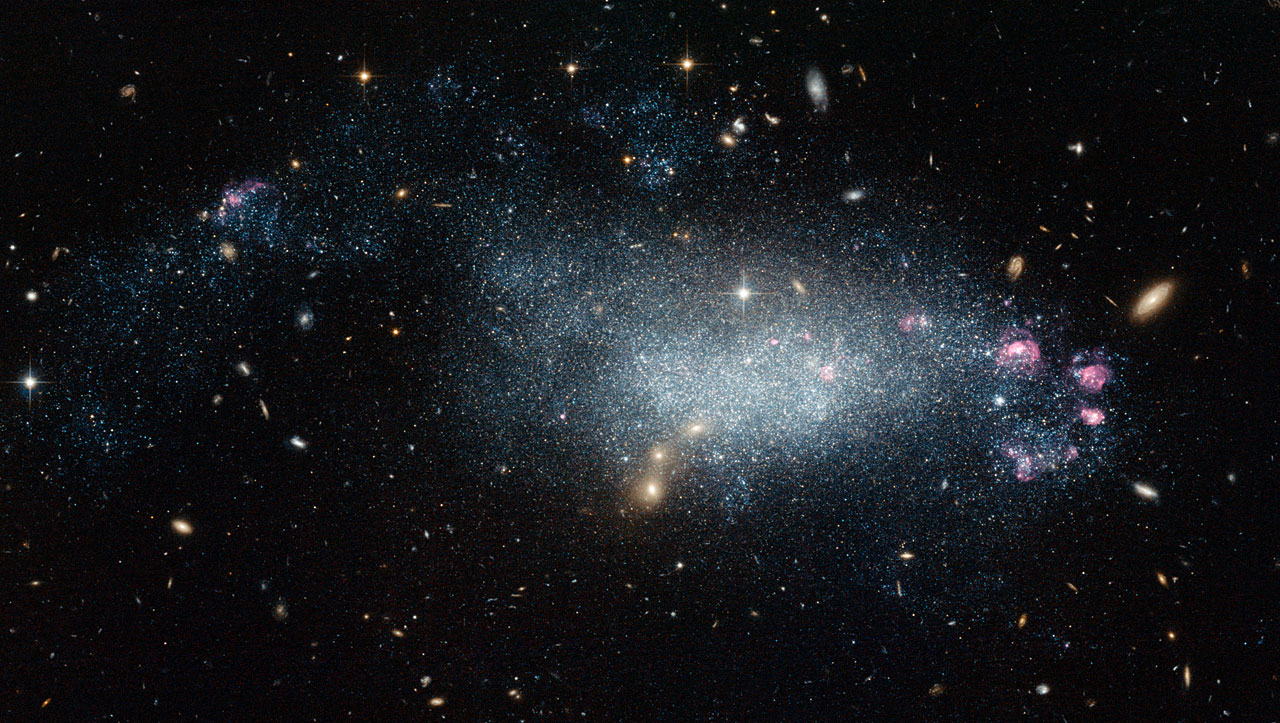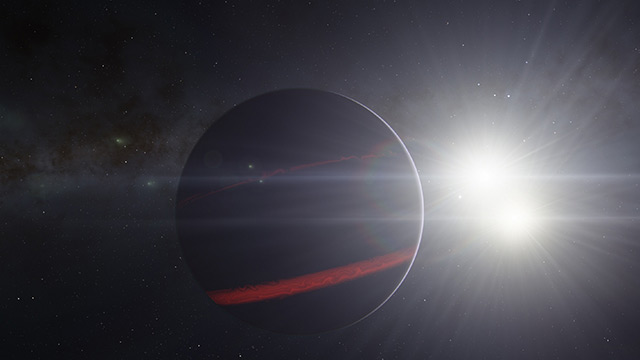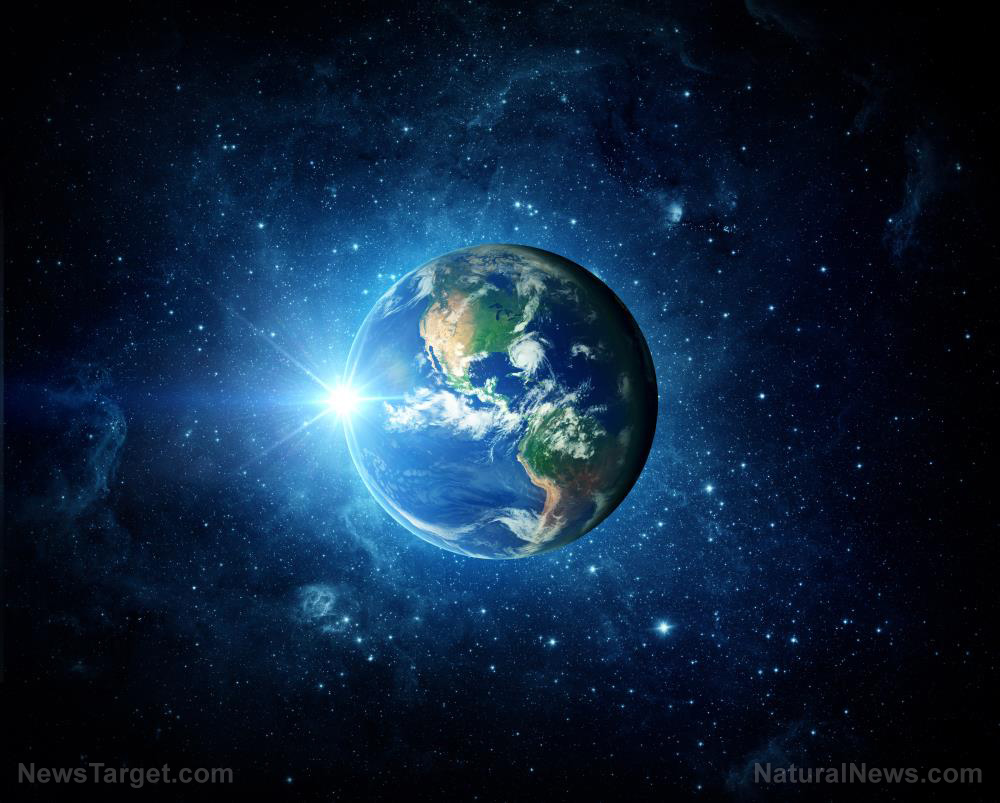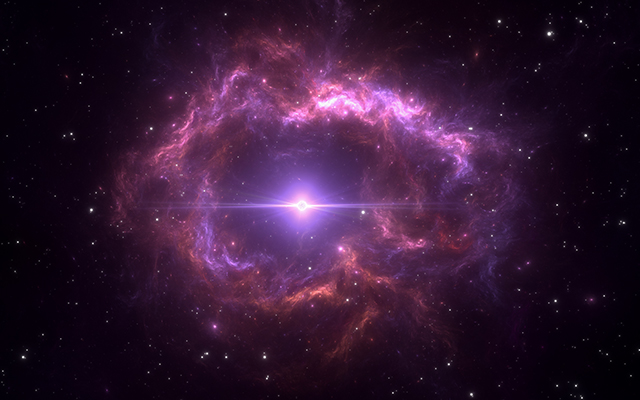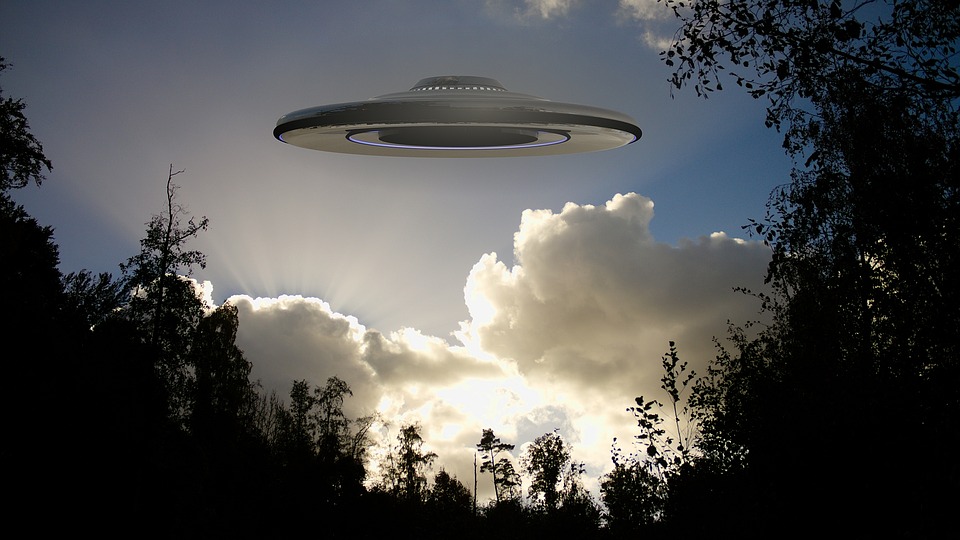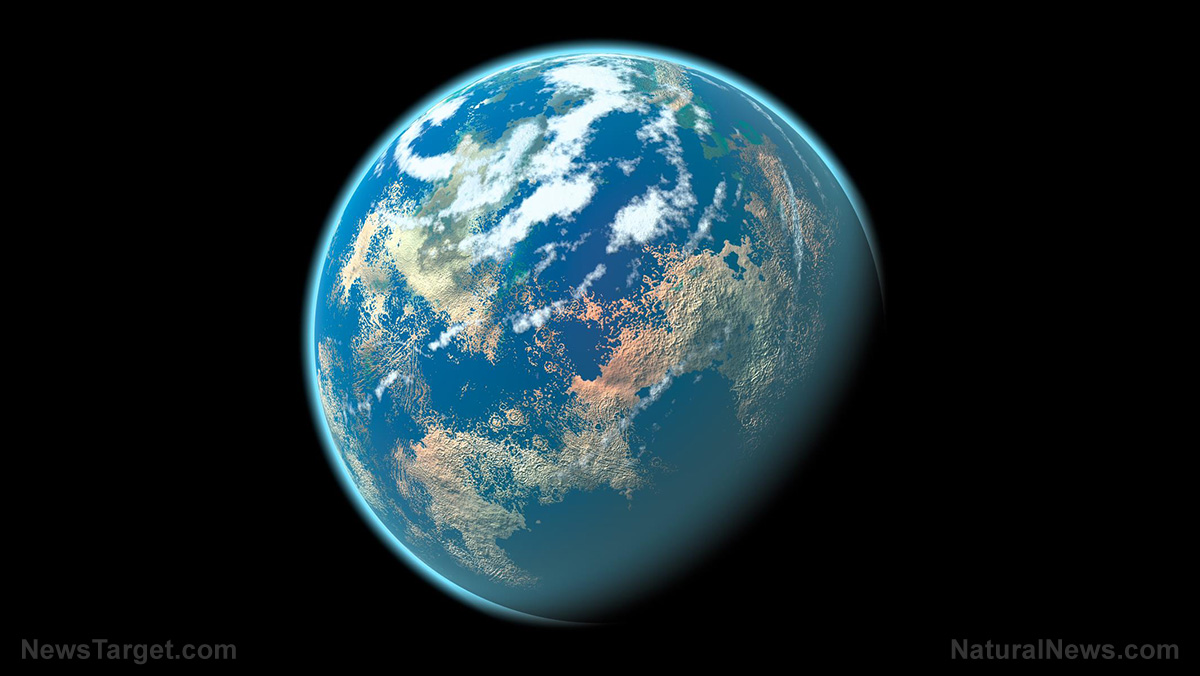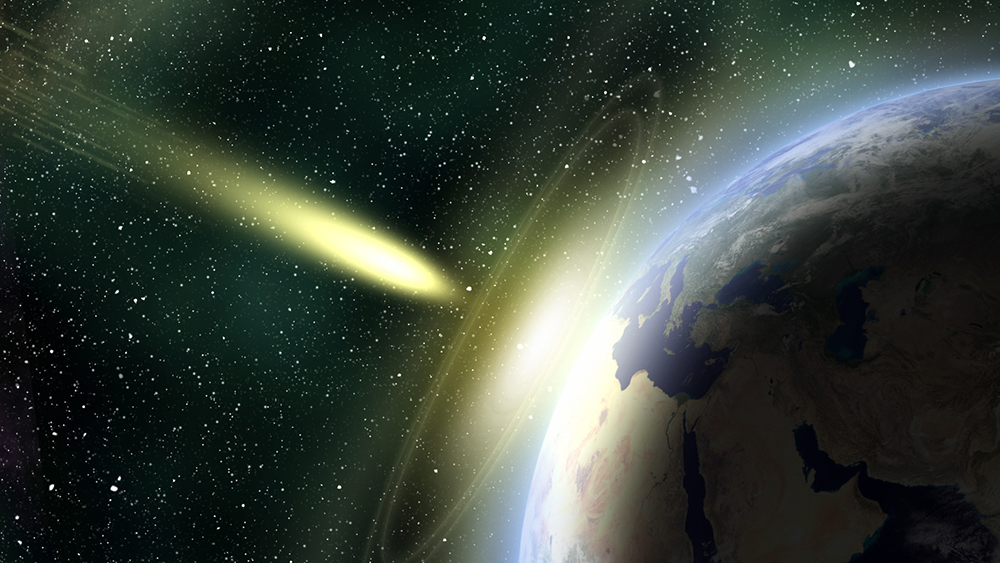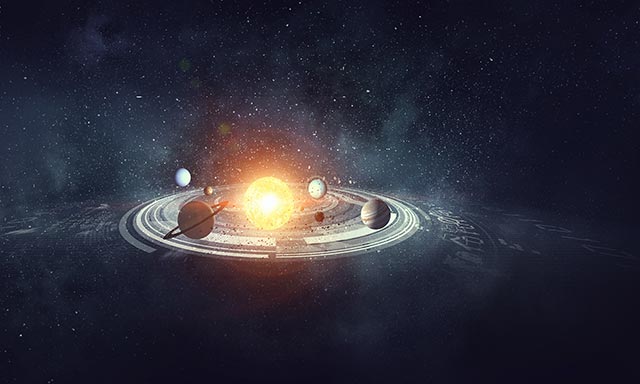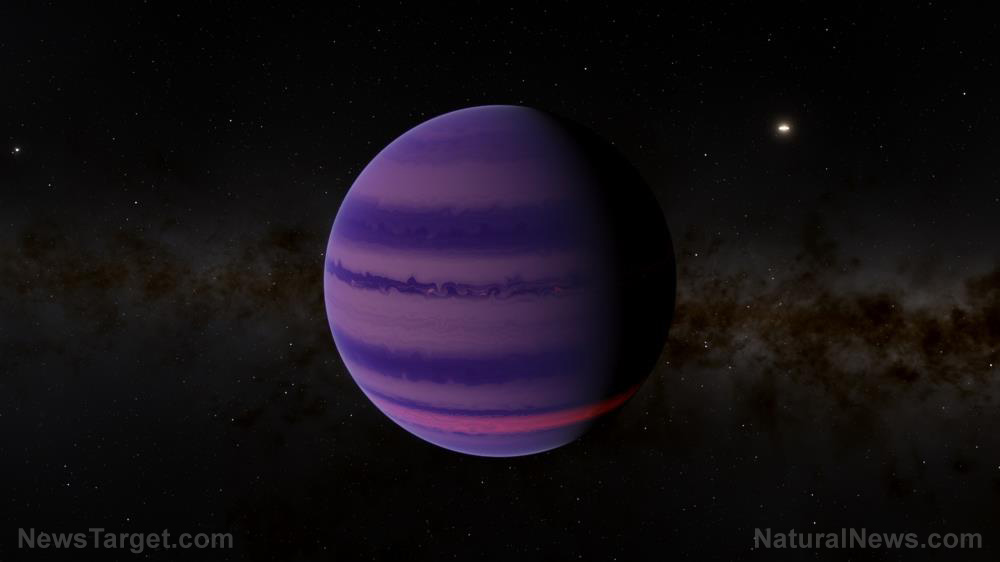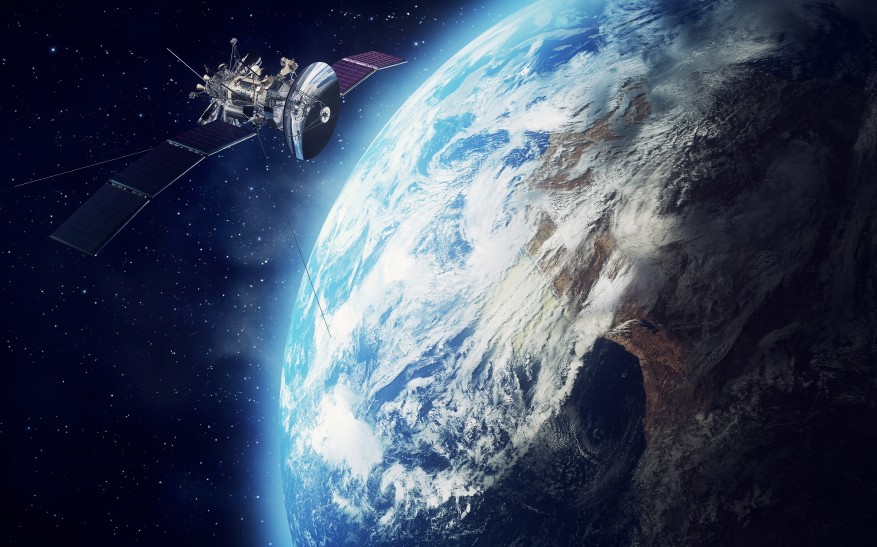Astronomers uncover record-breaking black hole in Cosmic Horseshoe galaxy
08/08/2025 / By Cassie B.
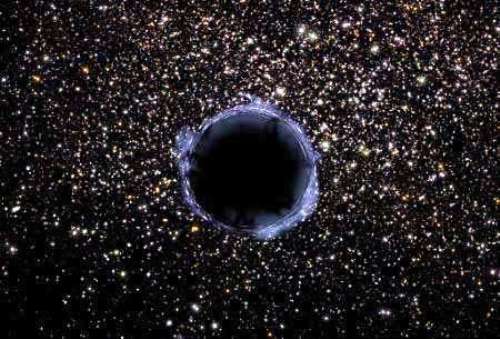
- Astronomers discovered a dormant black hole weighing 36 billion solar masses, the most massive ever observed, in the Cosmic Horseshoe galaxy 5 billion light-years away.
- The black hole was detected using gravitational lensing and stellar kinematics, bypassing traditional methods and revealing its immense gravitational influence.
- This ultramassive black hole defies galaxy evolution models, being far larger than expected for its host galaxy, suggesting a violent history of galactic mergers.
- The discovery challenges theories on black hole growth, hinting that many more such giants may exist undetected, reshaping our understanding of cosmic structures.
- The findings could revolutionize future research, with missions like ESA’s Euclid telescope poised to uncover more hidden black holes using similar techniques.
In a groundbreaking discovery that challenges our understanding of cosmic giants, astronomers have detected what may be the most massive black hole ever observed — a dormant behemoth weighing a staggering 36 billion solar masses. Located in the Cosmic Horseshoe galaxy roughly 5 billion light-years from Earth, this ultra-massive black hole was found not by its violent feeding habits but through its sheer gravitational dominance, warping spacetime and bending light like a cosmic magnifying glass.
The findings, published in Monthly Notices of the Royal Astronomical Society, reveal a celestial monster 10,000 times heavier than the Milky Way’s central black hole, Sagittarius A*.
This discovery isn’t just about size; it’s a triumph of scientific ingenuity. Using a novel combination of gravitational lensing and stellar kinematics, researchers bypassed the limitations of traditional methods to expose a hidden colossus. The implications are profound: If such giants exist undetected in the cosmos, our models of galaxy formation and the dark forces shaping them may need rewriting.
Cosmic heavyweight defies expectations
The newly measured black hole resides in the Cosmic Horseshoe, a galaxy so massive it distorts light from background objects into a rare, horseshoe-shaped “Einstein ring.” Unlike active black holes that glow brightly as they consume matter, this one is dormant, invisible to conventional detection. Its existence was confirmed only by its gravitational fingerprint, twisting the paths of light and sending nearby stars hurtling at nearly 400 km/s.
“This is among the top 10 most massive black holes ever discovered, and quite possibly the most massive,” said Professor Thomas Collett of the University of Portsmouth, a co-author of the study. “”Most of the other black hole mass measurements are indirect and have quite large uncertainties, so we really don’t know for sure which is biggest. However, we’ve got much more certainty about the mass of this black hole thanks to our new method.”
The team’s dual-method approach — combining gravitational lensing (which maps spacetime warps) with stellar kinematics (tracking star movements) — delivered unprecedented precision.
Rewriting the rules of galaxy evolution
The Cosmic Horseshoe’s black hole defies conventional scaling laws. Typically, a galaxy’s central black hole accounts for about 0.1% of its stellar mass. But this monster is disproportionately massive, suggesting a violent past of galactic mergers. The host galaxy is a “fossil group”, which is the end product of cosmic collisions where multiple galaxies (and their black holes) collapsed into a single titanic structure.
“We’re seeing the end state of galaxy formation and the end state of black hole formation,” Collett explained. “All the original supermassive black holes from companion galaxies likely merged into this ultramassive one.”
The discovery also hints at a feedback loop between black holes and their galaxies. As galaxies grow, they funnel matter to their cores, fueling black holes that then blast energy back outward as quasars, stifling star formation. Our Milky Way’s dormant black hole may reawaken as a quasar in 4.5 billion years when it merges with Andromeda—a fate the Cosmic Horseshoe has already endured.
A serendipitous discovery with far-reaching implications
Ironically, the team stumbled upon the black hole while studying the galaxy’s dark matter distribution. Their success with gravitational lensing opens a new frontier: ESA’s Euclid space telescope, set to map millions of galaxies, could uncover thousands more hidden black holes.
The findings also raise existential questions. If such invisible giants lurk undetected, how many more defy our current models? And what does their existence say about the limits of black hole growth? At 36 billion solar masses, this black hole nears theoretical maximums, yet its dormant state suggests even larger specimens may lie in wait.
Sources for this article include:
Submit a correction >>
Tagged Under:
astronomy, black hole, breakthrough, cosmic, Cosmic Horseshoe, discoveries, galaxy formation, real investigations, research, Space, space exploration
This article may contain statements that reflect the opinion of the author
RECENT NEWS & ARTICLES
Cosmic.News is a fact-based public education website published by Cosmic News Features, LLC.
All content copyright © 2018 by Cosmic News Features, LLC.
Contact Us with Tips or Corrections
All trademarks, registered trademarks and servicemarks mentioned on this site are the property of their respective owners.

